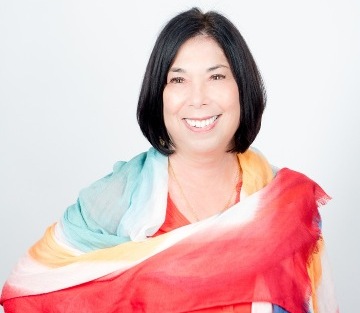Kwanzaa Brings Communities Together
December is filled with festive holidays that celebrate family, friends, and good fortune. While Christmas and Chanukah may dominate the holiday season, African American and Pan-African cultures observe a week-long celebration called Kwanzaa from December 26 to January 1 that emphasizes African family and social values.
Kwanzaa is designed to affirm African family and social values. It is primarily celebrated in the United States and is not a religious holiday, setting it apart from events like Christmas and Chanukah. It was started by Maulana Karenga, a professor of Africana studies at California State University, who took the word “kwanza,” meaning “first,” from the Swahili phrase “matunda ya kwanza.” He added an extra “a” to the word to form a seven-letter term, representing the seven children at an early Kwanzaa celebration in the mid-1960s and the seven principles of the holiday.
Values of Kwanzaa include Umoja (Unity), Kujichagulia (Self-Determination), Ujima (Collective Work and Responsibility), Ujamaa (Cooperative Economics), Nia (Purpose), Kuumba (Creativity), and Imani (Faith). These principles are drawn from values found throughout Africa. Each day of Kwanzaa is dedicated to one of these principles. The holiday features seven symbols, including fruits, vegetables and nuts; a straw mat; a candleholder; ears of corn; gifts; a communal unity cup; and seven red, green, and black candles. Families light one candle in the kinara (candleholder) each day and discuss that day’s principle.
On December 31, participants join a community feast that features foods from African, African American, and Caribbean traditions, such as candied yams, fried chicken, jerk chicken, jollof rice, gumbo, and collard greens. Many wear traditional African clothing and play drums and dance during Kwanzaa celebrations.
Kwanzaa brings Black communities together and celebrates heritage, culture, and community spirit. The holiday concludes the year with rituals and festivities.











